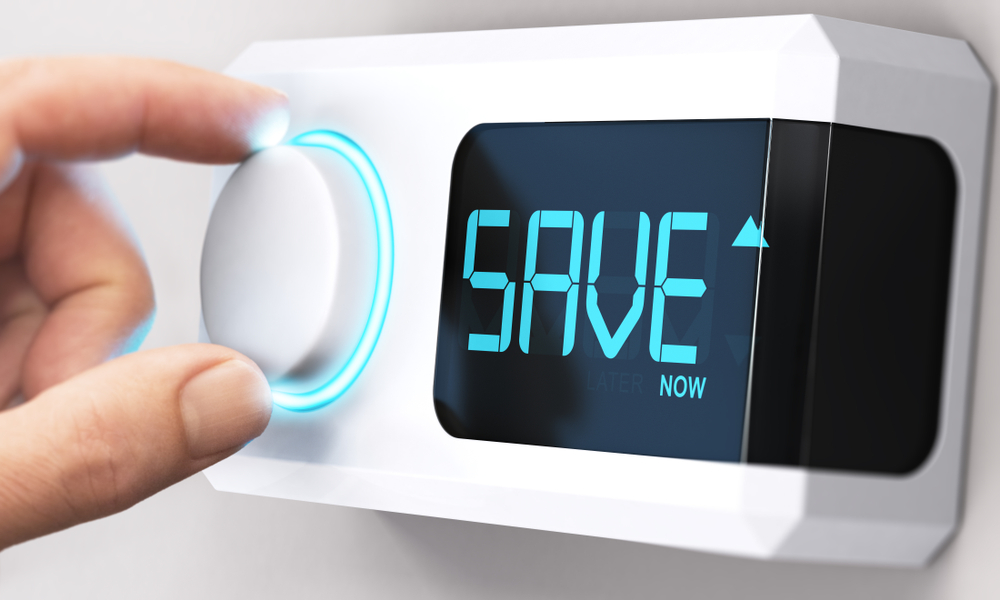The Different Uses of Energy
The terms “energy” and “energy efficiency” often make headlines, but many people still aren’t sure exactly what they mean. Energy is defined as the ability to do work. It’s all around you—and it enables change and movement. There are many different types of energy, and more importantly, countless uses of energy. Here’s what you need to know:
How is Energy Used in the U.S.?
Energy is used by four different sectors in the United States: residential, commercial, industrial, and transportation.
The industrial sector, which consists of manufacturing, construction, mining, and agriculture facilities, uses the most energy. In fact, this sector accounts for about one-third of the United States’ annual energy consumption.
The transportation sector, which includes cars, trucks, motorcycles, trains, boats, buses, and planes, accounts for about 28% of the country’s energy consumption. Next on the list is the residential sector, which accounts for approximately 21% of energy consumption, followed by the commercial sector, which only uses 18%.
All four of these sectors purchase or produce energy for their own consumption.
What Are the Five Uses of Energy At Home?
The average U.S. household uses about 77 million British thermal units of energy per year. This energy is used in five primary ways, which are:
- Space heating
- Air conditioning
- Water heating
- Lighting
- Refrigeration
Heating and cooling account for more than half of the average home’s annual energy consumption. The remaining three—water heating, lighting, and refrigeration—account for about 27% of annual energy consumption.
Together, these five uses of energy account for approximately 79% of a home’s energy usage. The remaining 21% of energy consumption is used to power televisions, smartphones, washers, dryers, and other appliances and devices.
What Are the Different Types of Energy?
Homes in the U.S. receive energy from a number of different sources.
Electricity is one of the most common energy sources because it has the most uses. For example, electricity can be used for heating and cooling, lighting, and powering appliances and devices. This is why it is used as an energy source in nearly every home in the country—and why it accounts for nearly half of the average household’s annual energy consumption.
Natural gas, which is used in 58% of homes, is another popular energy source. Many people rely on natural gas for water heating, cooking, and drying clothes. Every year, natural gas accounts for about one-quarter of the average home’s energy usage.
Petroleum, which includes fuel oil, kerosene, and propane, is also a source of energy. However, petroleum is not as widely used as electricity or natural gas. This energy source is mainly used by homes in rural areas and the Northeast.
Many homeowners are beginning to rely more heavily on renewable energy sources in an effort to become more energy efficient. These renewable energy sources include solar energy, geothermal energy, wind power, and hydroelectric power. Renewable energies do not produce greenhouse gases, which means they are safer for the environment, and they are often less expensive than other energy sources.

What Are 10 Ways to Save Energy?
Now that you understand how energy is used in and outside of your home, it’s important to learn how you can reduce your energy consumption. Here are 10 simple ways to save energy at home:
- Keep the temperature on your thermostat as close as possible to the outdoor temperature so your heating and cooling system does not have to consume as much energy.
- Adjust the temperature on your thermostat before you leave home. For example, in the summer, turn the temperature up before leaving so the air conditioner doesn’t waste energy on cooling an empty home.
- Replace standard light bulbs with energy efficient bulbs, which last up to 25 times longer and use at least 75% less energy.
- Install motion sensors on outdoor lights so they only turn on when movement is detected.
- Don’t run the dishwasher unless you have a full load so you don’t waste energy on washing a few dishes.
- Skip the dryer and let your clothing air dry instead.
- If your device is finished charging, unplug both the device and the charger from the wall. The charger will continue to consume energy if it remains plugged in to the wall—even if it’s not attached to a device.
- Lower the brightness and contrast settings on your TVs and computers.
- Adjust the settings on your computer so it goes into “sleep” or “hibernation” mode instead of showing a screen saver.
- Reduce the temperature on your water heater to 120 degrees Fahrenheit.
Following these tips won’t just reduce your carbon footprint—it will also drastically lower your monthly utility bills!
Take the First Step Toward Going Green
Before you implement the strategies listed above, it’s best to conduct a home energy audit using the Benefyd app. Performing a home energy audit can help you identify opportunities to reduce energy usage in your home so you can save as much energy—and money—as possible!


